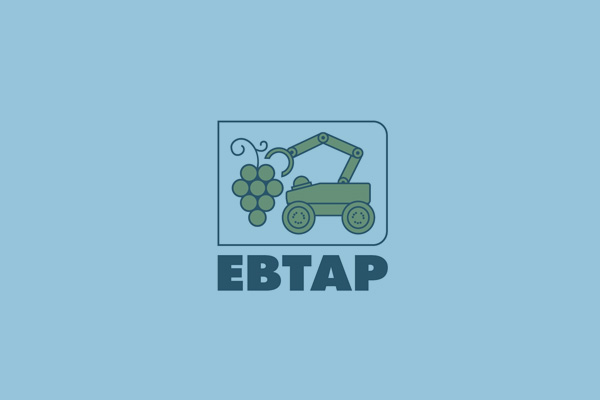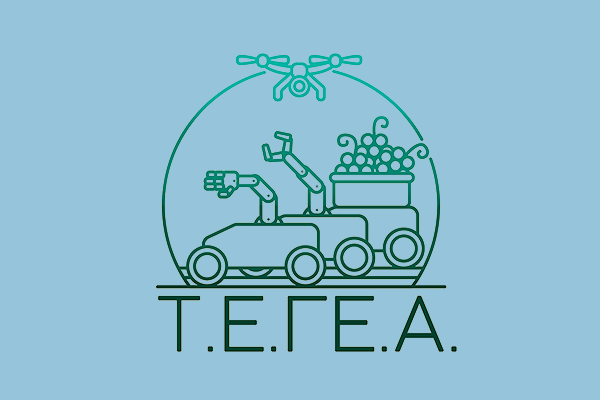An Overview of End Effectors in Agricultural Robotic Harvesting Systems – Agriculture 2022, 12(8), 1240
Abstract In recent years, the agricultural sector has turned to robotic automation to deal with the growing demand for food. Harvesting fruits and vegetables is the most labor-intensive and time-consuming among the main agricultural tasks. However, seasonal labor shortage of experienced workers results in low efficiency of harvesting, food losses, and quality deterioration. Therefore, research efforts focus on the automation of manual harvesting operations. Robotic manipulation of delicate products in unstructured environments is challenging. The development of suitable end effectors…
Robot intelligence technology for skillful viniculture based on the lattice computing paradigm – ROBOTMEET2022, Edinburgh, Scotland
Download ROBOTMEET2022_KaburlasosSlides.pdf Download ROBOTMEET2022_KaburlasosVideo.mp4 Citation V. G. Kaburlasos, “Robot intelligence technology for skillful viniculture based on the lattice computing paradigm”, International Meet & Expo on Robot Intelligence Technology and Applications (ROBOTMEET2022), Edinburgh, Scotland, 18-20 August 2022.
Grapevine Plant Image Dataset for Pruning – Data 2022, 7(8), 110
Abstract Grapevine pruning is conducted during winter, and it is a very important and expensive task for wine producers managing their vineyard. During grapevine pruning every year, the past year’s canes should be removed and should provide the possibility for new canes to grow and produce grapes. It is a difficult procedure, and it is not yet fully automated. However, some attempts have been made by the research community. Based on the literature, grapevine pruning automation is approximated with the…
Efficacy of a Robot-Assisted Intervention in Improving Learning Performance of Elementary School Children with Specific Learning Disorders – Children 2022, 9(8), 1155
Abstract (1) Background: There has been significant recent interest in the potential role of social robots (SRs) in special education. Specific Learning Disorders (SpLDs) have a high prevalence in the student population, and early intervention with personalized special educational programs is crucial for optimal academic achievement. (2) Methods: We designed an intense special education intervention for children in the third and fourth years of elementary school with a diagnosis of a SpLD. Following confirmation of eligibility and informed consent, the…


 Greek
Greek









